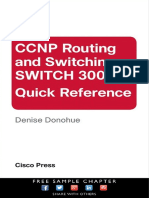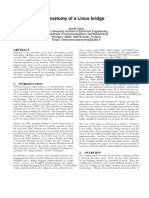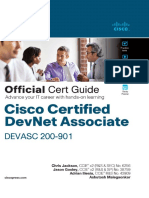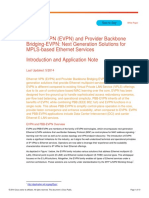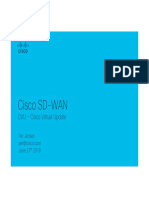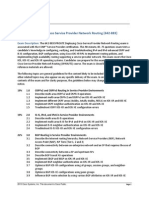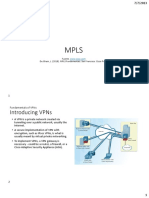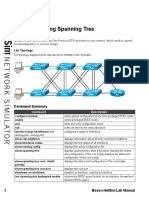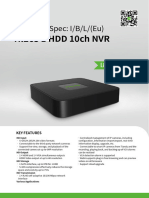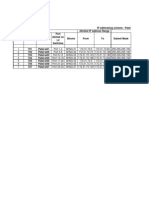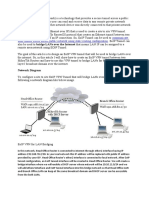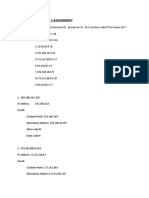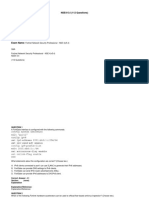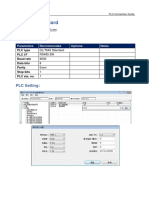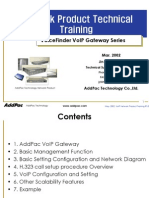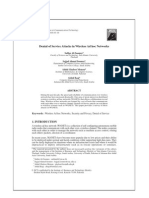0% found this document useful (0 votes)
146 views17 pagesCCIE Data Center v3 Learning Matrix
The learning matrix provides study resources for Cisco certification exams by topic, focusing primarily on Cisco and Cisco Press content. It is intended as a reference and users are encouraged to use additional resources. The document outlines how to evaluate strengths and weaknesses, develop a study plan, obtain tailored resources, and schedule the exam with the goal of passing.
Uploaded by
ayazCopyright
© © All Rights Reserved
We take content rights seriously. If you suspect this is your content, claim it here.
Available Formats
Download as XLSX, PDF, TXT or read online on Scribd
0% found this document useful (0 votes)
146 views17 pagesCCIE Data Center v3 Learning Matrix
The learning matrix provides study resources for Cisco certification exams by topic, focusing primarily on Cisco and Cisco Press content. It is intended as a reference and users are encouraged to use additional resources. The document outlines how to evaluate strengths and weaknesses, develop a study plan, obtain tailored resources, and schedule the exam with the goal of passing.
Uploaded by
ayazCopyright
© © All Rights Reserved
We take content rights seriously. If you suspect this is your content, claim it here.
Available Formats
Download as XLSX, PDF, TXT or read online on Scribd
/ 17







